During the winter months, all you want to do is to stay home where it's warm. But when you're finally able to, a sudden blackout occurs. Now you're left wondering just how cold your unheated house will be. In this article, we will discuss the answer to this question and many others, as we've done extensive research on the topic.
Research shows that an unheated home can get as cold as the outside temperature. Depending on several variables like the insulation and the number of occupants, it's possible to reach temperatures of 25 degrees Fahrenheit or even lower in some cases. Variables like the climate, location, wind conditions, and exposure to sunlight could also affect the overall temperature.
We'll discuss this cold temperature issue in more detail. Keep reading as we'll also look into the damage that can result when a house is unheated.
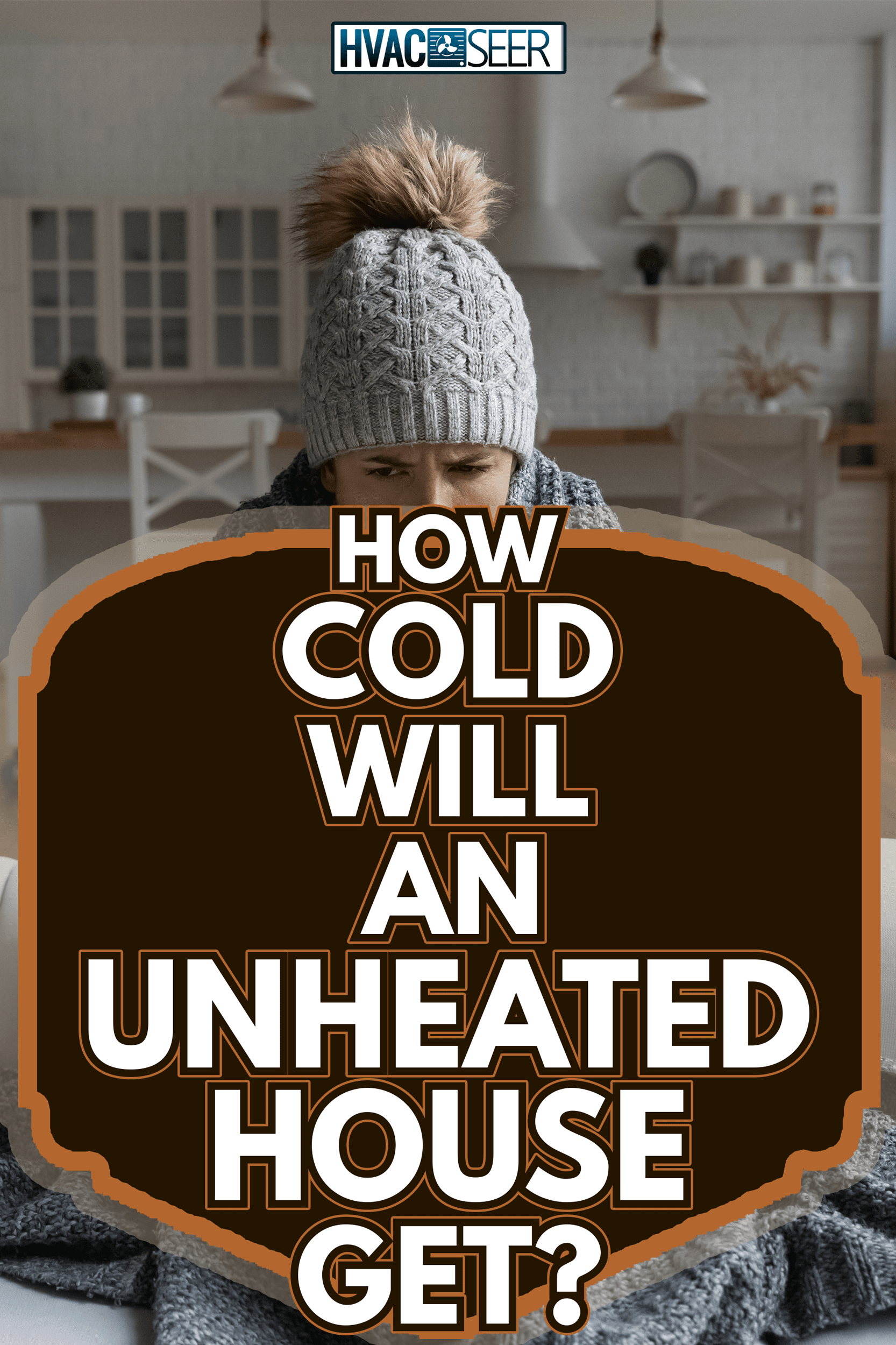
What Temperature Will An Unheated House Reach?
In the event of a blackout, an unheated house and the outside will always exchange heat energy to achieve the same temperature. This is called thermal equilibrium.
As seen in the photo below, it's possible to reach that same temperature when a house is left unheated for long periods. And in some cases, it can go even lower.
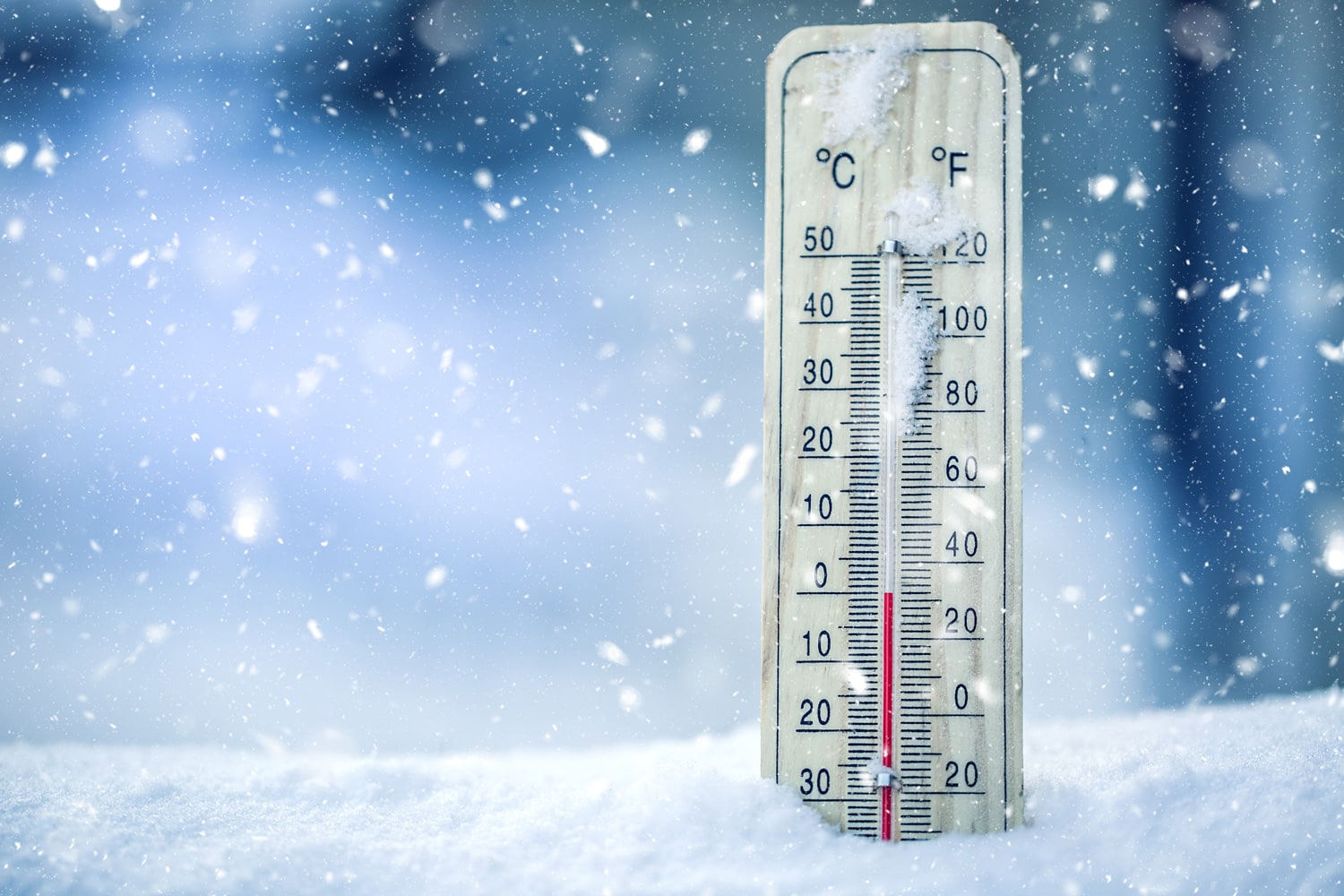
Thermal equilibrium is a state where everything is around the same temperature. In short, your house can get as cold as 25 degrees Fahrenheit or the ongoing weather outside. This phenomenon occurs through the following:
- Conduction - heat loss through contact
- Convection - heat loss through a medium
- Radiation - heat loss from a warm to a cold surface
With the proper insulation, a house can slow this process. But it would still gradually lose heat through conduction, convection, and radiation. You can take steps to prevent this from happening but without a heat source, temperatures will drop.
So for houses with poor insulation, their temperatures would drastically drop, especially on a cold winter night. And in just a few short hours, it could become as cold as the temperatures outside.
The House May Still Be Warmer At Night
We've discussed just how cold a house could get without a heat source, but despite all that, there are some scenarios where the temperature inside may still be higher than the one outside. There are plenty of reasons why that could happen.
The first is insulation. In a scenario where a reasonably insulated house is at around 70 degrees Fahrenheit when a blackout occurs and the temperature outside can reach a low number of 20 degrees Fahrenheit, that doesn't mean that the interior of your home will get to that number in a few short hours.
It may only drop around 50 degrees Fahrenheit and the reason for that is the insulation. Most houses won't lose heat drastically overnight.
So unless your house is poorly insulated while opening all the windows and doors to release all the heat, you won't be getting the same temperature on the outside anytime soon.
Not only that, there are other factors in play when it comes to keeping your house warm at night. The number of people and pets living there, working lights, and appliances are just some of the heat sources that would prevent a drastic temperature change overnight.
Additionally, location plays a key part as well. If your house is located in an area where it gets direct sunlight during the day, that heat is retained and gradually disappears overnight. This prevents a sudden drop in temperatures, even if your house is left unheated at night.
The House May Get Colder During The Day
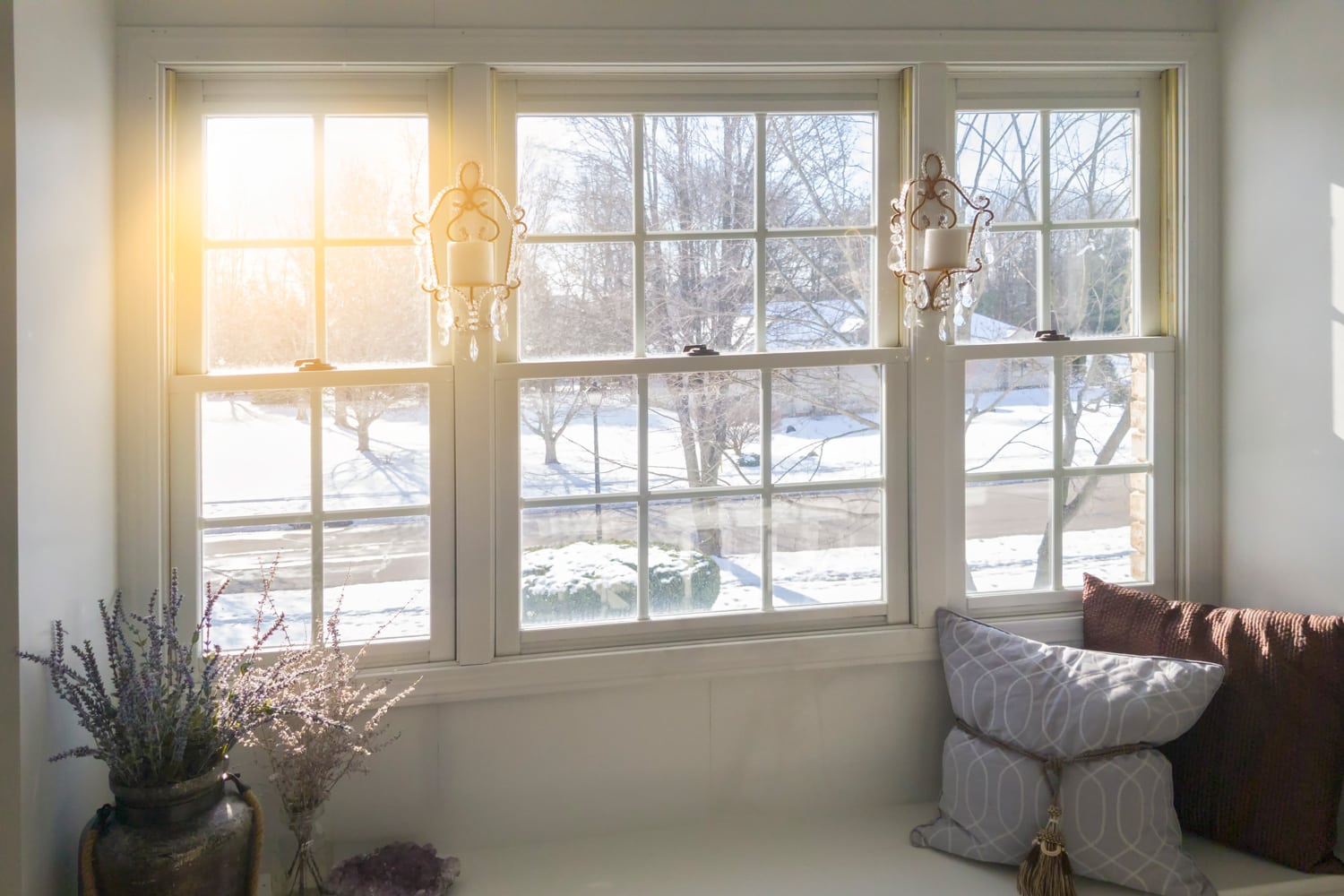
While an unheated house can't get colder than the outside temperature at night within a short period, it can have a colder indoor temperature than the outside temperature during the day.
There are several reasons and factors that contribute to this, which we have tackled earlier. One is your house location.
If your house is in a place where it doesn't get sufficient exposure to sunlight, then it would become a cold spot. Thus, you might feel that the house is colder than the temperature outside.
Another factor is using thick and heavy curtains or drapes to cover up the windows. They can block out the sun's direct rays and prevent the house from getting warm, thereby slowing the energy transfer.
Lastly, the biggest factor is the house's insulation. Having poor insulation means leaving your house ill-equipped to face sudden temperature changes. Your house is at the mercy of the outside elements as it's unable to retain any heat at all.
How Does The Cold Affect Your House?
If left unheated, your home will experience a sharp drop in temperature. Well-insulated homes retain some heat but gradually, they will get colder the longer they are without a heat source.
Homes with poor insulation lose heat even quicker. It doesn't just affect the temperature of your home. Leaving your home unheated for long periods can cause serious damage to its very structure.
Sudden temperature changes can cause pipes to shatter, flooring to crack, as well as rust and molds to form. All of these are a cause for concern when leaving a home unheated.
What Temperature Is Too Cold For A House?
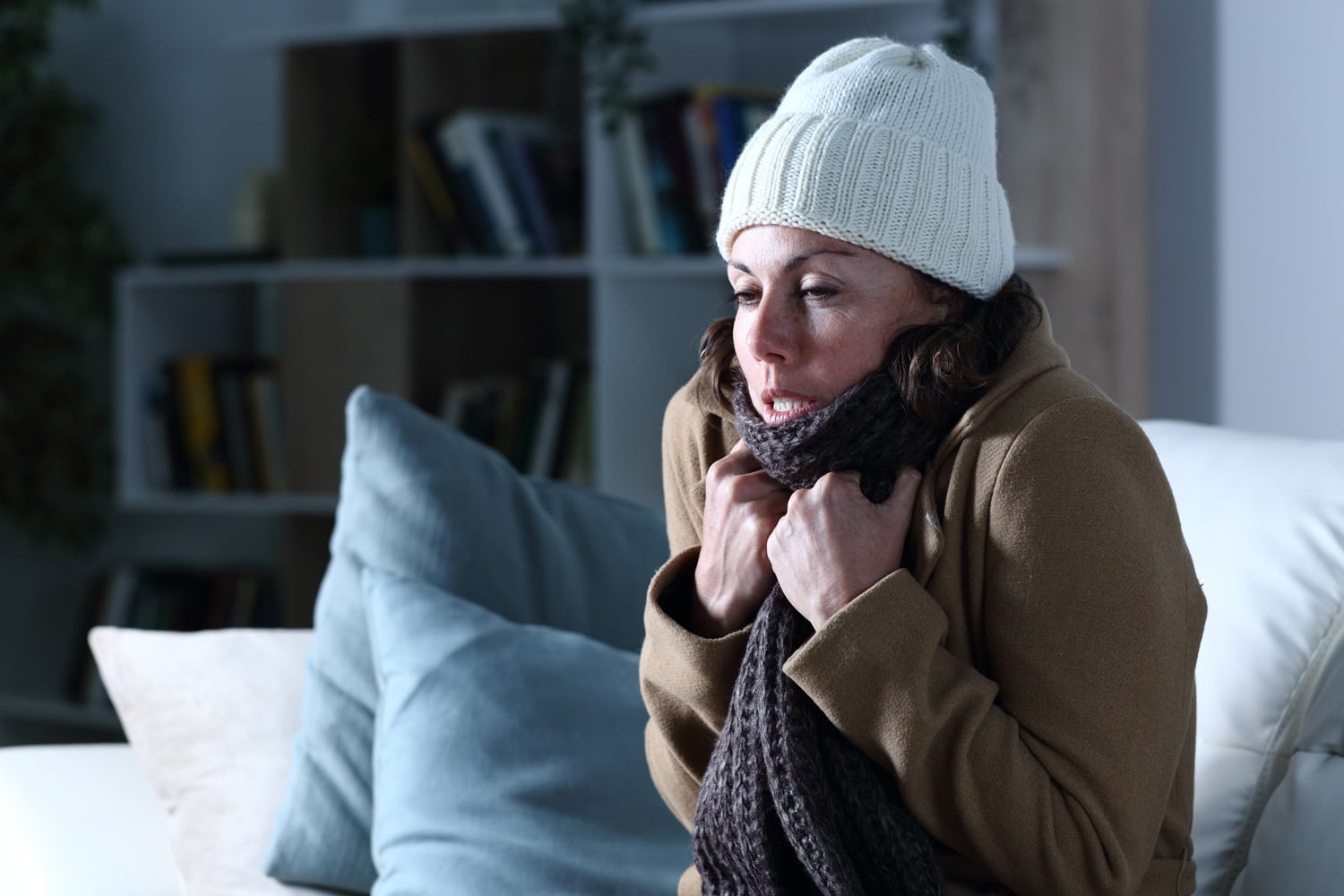
The World Health Organization recommends indoor temperatures at around 64 degrees Fahrenheit. Additionally, if you live with infants, elderly people, and those who are sick, then it's recommended that the temperature should be set at around 70 degrees Fahrenheit.
If no one is home, and you're about to leave for work, you can drop the temperature down to 58 degrees Fahrenheit.
In all three cases, the temperature shouldn't go below the recommended one. The absolute minimum that a house can withstand is 50 degrees Fahrenheit. Any lower and you risk causing serious damage to your house.
What Damage Can You Expect From An Unheated House?
The severity of the damage will depend on these factors:
1. Plumbing
As we have mentioned earlier in this article, pipes can crack and shatter in an unheated house unless all the lines are drained and free of water.
The pressure in your plumbing system raises the freezing point of water. This means that it doesn't need sustained exposure to low temperatures for a problem to occur.
The location and insulation of each pipe are key to knowing whether or not an accident would occur overnight. If a pipe is located near the outer walls of your home and has poor insulation, it is more likely to freeze overnight, as seen below.
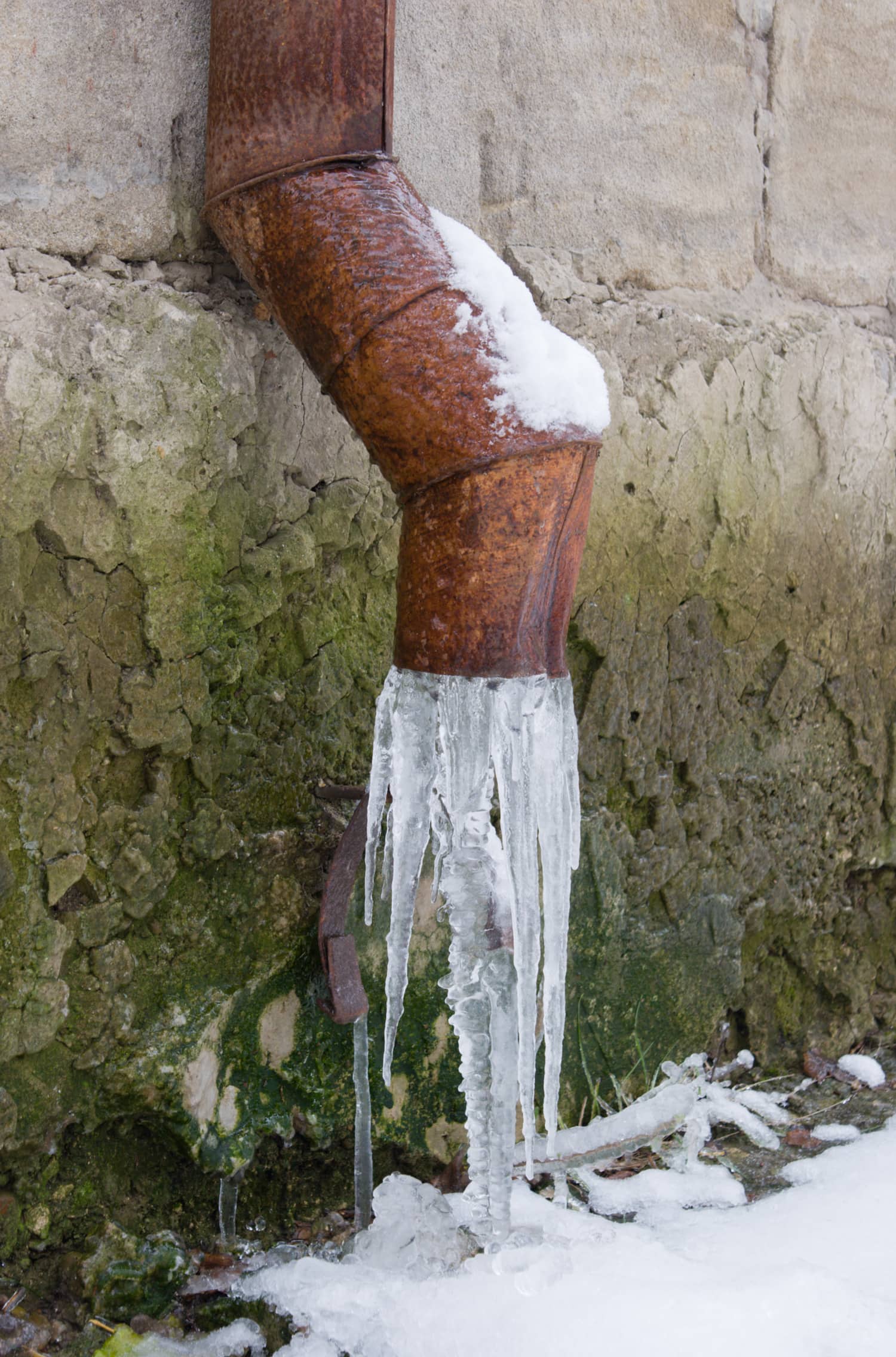
So you may return from work and find your poorly insulated and unheated home flooded. In that event, call for a professional.
Click here to see this heating cable on Amazon.
2. Walls and Floors
Cold temperatures can cause wood to contract or shrink. That's why wooden fixtures, wooden floors, and wooden panels are highly susceptible to damage in an unheated home. The same also applies to doors and windows.
Another problem that comes with the cold is condensation. This not only contributes to the constant stress that the walls and floors might get, but they add in another factor which is rotting.
The extent of the damage may be hard to assess, so if you notice any significant cracks or warps in your walls or floors, have an expert take a look at your home.
Click here to see this weatherstripping tape on Amazon.
3. Rust and Mold
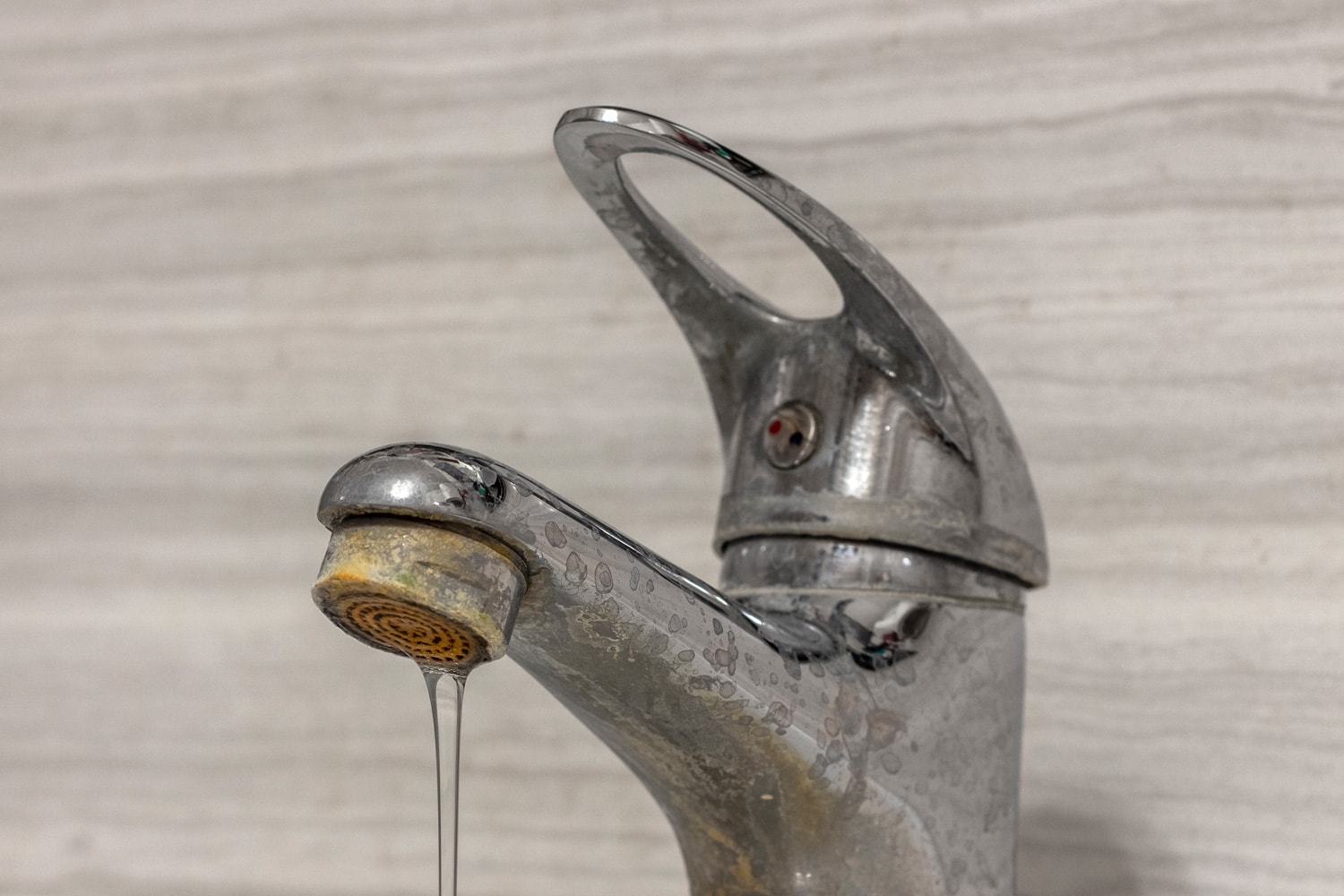
We have also brought up how condensation can be a problem in unheated homes. With the added moisture, it can cause faucets, appliances, and fixtures to rust and freeze over.
This can cause rust and mold to appear everywhere, especially if you were to leave your home unheated for a couple of days. These will end up doing significant damage to a lot of metallic fixtures and appliances.
In cases of extreme cold, your refrigerator and freezer may shut down as they have a built-in sensor that detects the room temperature. This causes their condensate line and water pans to freeze.
Check out this faucet cover on Amazon.
In Conclusion
There are many factors to consider when determining how cold a house can become if it's left unheated. From the insulation of your home, to where it's located, and how long you plan on leaving it unoccupied—these all are important variables to consider.
As long as you properly insulate and take care of your home, you can avoid many of the problems that come with leaving it unheated. Consider having a relative or a friend check on your house if you need to be away.
Before you go, check out these related posts:



